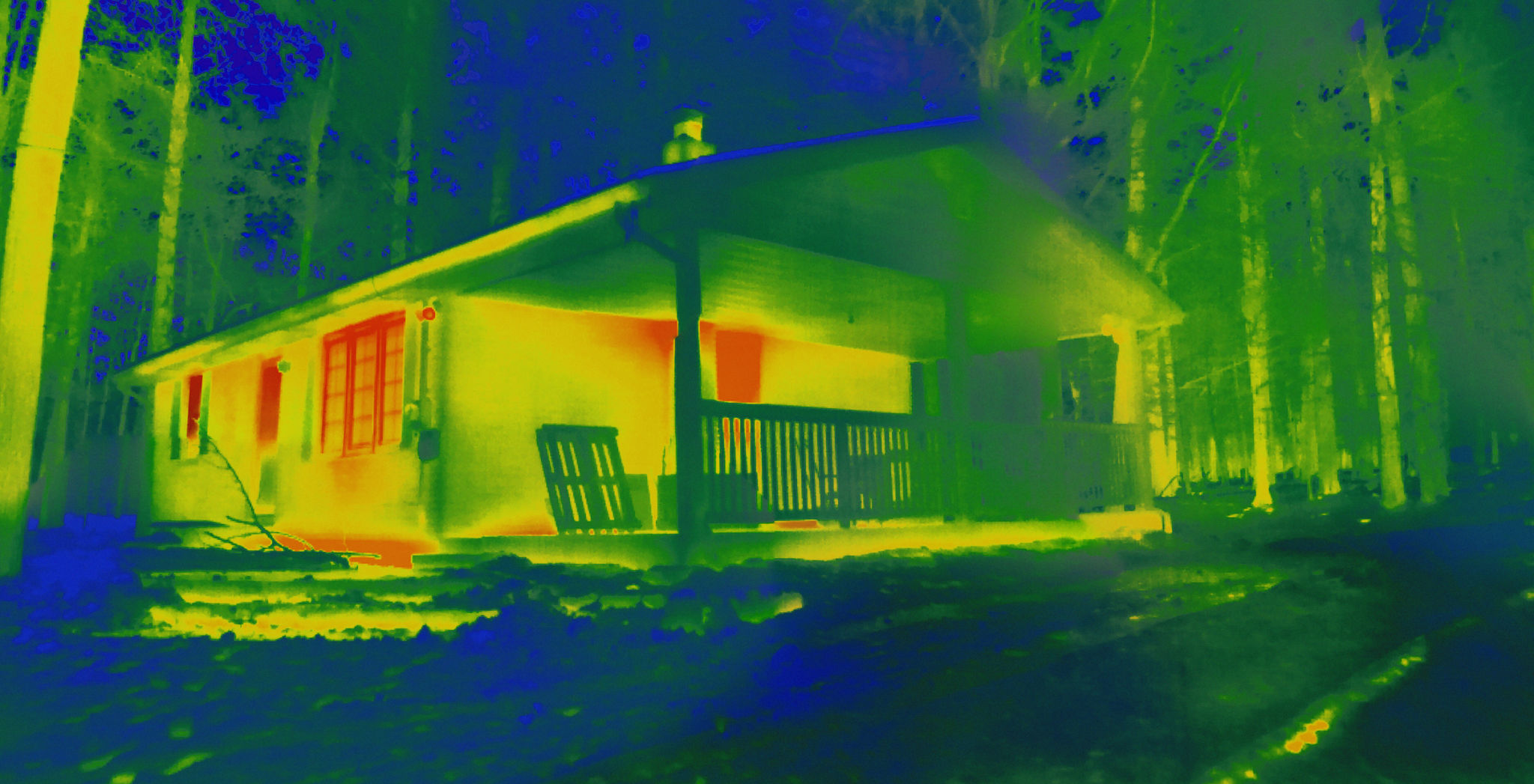Emerging Uses of Drones in Thermography for Industrial Maintenance
Introduction to Drone-Based Thermography
In recent years, the integration of drones in industrial maintenance has revolutionized the way inspections are conducted. One of the most promising applications is **drone-based thermography**, which leverages thermal imaging to detect anomalies in industrial settings. This technology offers a safer, more efficient, and cost-effective solution for various maintenance tasks.

How Drones Enhance Thermographic Inspections
Drones equipped with thermal cameras can access hard-to-reach areas, reducing the need for scaffolding or cranes. This capability not only enhances safety but also significantly cuts down inspection time. By capturing high-resolution thermal images, drones can quickly identify heat anomalies, which are often indicative of underlying issues.
These drones can cover large areas in a single flight, providing a comprehensive overview of the site. This wide coverage allows for early detection of problems, enabling preemptive maintenance and reducing the risk of costly downtime.
Key Benefits of Using Drones in Thermography
The use of drones in thermographic inspections offers several **key benefits**:
- Increased Safety: Reduces the need for personnel to work at heights or in hazardous environments.
- Cost Efficiency: Decreases labor and equipment costs associated with traditional inspection methods.
- Time Savings: Speeds up the inspection process, allowing for quicker decision-making.

Applications in Various Industries
Drone-based thermography is being utilized across multiple industries for various maintenance tasks. In the energy sector, drones inspect power lines and solar panels, identifying potential issues before they lead to failures. In the oil and gas industry, they monitor pipelines and storage tanks for leaks or structural weaknesses.
Manufacturing plants benefit from drone inspections by detecting overheating motors or electrical components. This proactive approach helps in maintaining optimal operational efficiency and prevents unexpected breakdowns.
Challenges and Considerations
Despite the advantages, there are challenges to consider when implementing drone-based thermography. Weather conditions and environmental factors can affect the accuracy of thermal readings. Additionally, regulatory restrictions may limit drone operations in certain areas, requiring careful planning and compliance with local laws.

The Future of Drone-Based Thermography
As technology continues to advance, the capabilities of drones in thermography are expected to expand. Innovations in AI and machine learning could enhance image analysis, providing more precise diagnostics and predictive maintenance solutions. The integration of real-time data analytics will further streamline maintenance processes.
In conclusion, the emerging uses of drones in thermography are transforming industrial maintenance practices. By embracing this technology, industries can achieve greater efficiency, safety, and cost savings, paving the way for a more sustainable future.